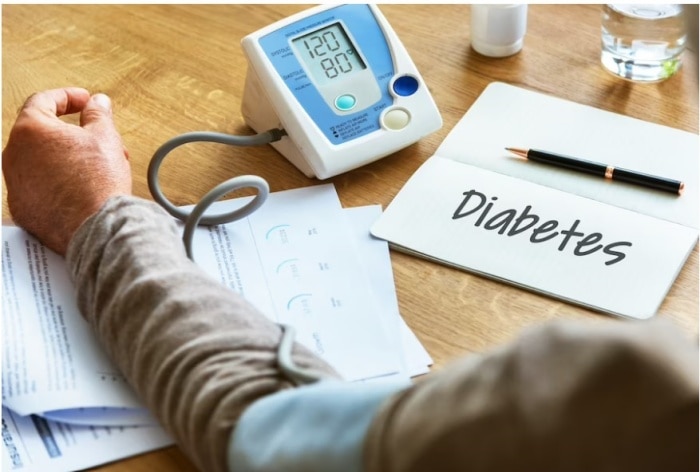According to the latest ICMR supported study, there is an increase in non-communicable diseases like hypertension, cholesterol and obesity in India and the numbers are really shocking!
Indian healthcare needs urgent attention. A recently published study has revealed some shocking revelations related to the rising case of non-communicable diseases (NCDs) in the country. According to the study, the numbers only indicate a very grim health situation in India. Nearly 100 million have been living with diabetes. There is also a high number of cases of cholesterol, obesity and hypertension. Not only is there an increase, but there are also chances that these numbers will skyrocket in the next five years in rural areas. Currently, the incidence is low in these areas.
Renowned global medical institutions such as the American Diabetes Association (ADA) and even the World Health Organization (WHO) have reported a substantial increase in the prevalence of diabetes among the younger population in the last decade. This is increasing and represents a significant threat to the general well-being and quality of life of young people around the world.
The study was published in Lancet and Endocrinology on June 9, 2023. It was led by Dr. Mohan’s Center for Diabetes Specialties with support from the Indian Council of Medical Research (ICMR), and was based on 113,000 people from various state.
Some key findings of the study
- 11.4 percent or 101 million people in India have diabetes.
- 15.3 percent or 136 million people have prediabetes.
- Central obesity in 39.5 percent
- Hypertension is very high at 35.5 percent.
- High cholesterol levels by 24 percent.
- Belly fat is considered one of the main reasons for diabetes and heart attack diseases.
The study indicated that the prevalence of diabetes and other metabolic NCDs in India is considerably higher than previously estimated. While the diabetes epidemic is stabilizing in the most developed states of the country, it continues to rise in most other states.
Why are millions of people living with NCDs in India? The experts speak
“The excessive consumption of sugary drinks, fast food and processed snacks, added to the decrease in physical exercise, has contributed significantly to the increase in the incidence of diabetes. The stress factor has also increased due to multiple reasons. Also, technology is making the young generation lazy and less active,” said Dr. Anusha ND, a consultant endocrinologist speaking to india.com.
He further explained that genetic predisposition plays an important role in the development of diabetes. Young people with a family history of the condition and an unhealthy lifestyle are at much higher risk of falling victim to this chronic disease. Therefore, raising awareness about the importance of regular health check-ups is crucial, particularly for people with a family history of diabetes.
Dr RM Anjana, lead author of the study and managing director of Dr Mohan’s Diabetes Specialty Centre, told Indian Express: “If you have pre-diabetes, the conversion to diabetes is very, very fast in our population; more than 60 percent of people with prediabetes end up becoming diabetic in the next five years. Furthermore, almost 70 percent of India’s population lives in villages. So if the prevalence of diabetes increases by even 0.5 to 1 percent, the absolute numbers will be huge.”
It was a decade-long study with more than 1.13 lakh participants over the age of 20 in 31 states and union territories studied between October 2008 and December 2020. Of the 1.13 lakh participants, 79,506 are from rural areas representing 70% of the population. living in rural areas.
Published Date: June 10, 2023 12:01 PM IST
–>
–>
